
Busan, formerly romanized as Pusan and now officially known as Busan Metropolitan City, is South Korea's second-most populous city after Seoul, with a population of over 3.4 million inhabitants. It is the economic, cultural and educational center of southeastern South Korea, with its port—Korea's busiest and the sixth-busiest in the world. The surrounding "Southeast Economic Zone" is South Korea's largest industrial area.
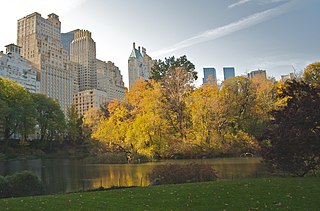
An apartment, or flat, is a self-contained housing unit that occupies only part of a building, generally on a single story. There are many names for these overall buildings, see below. The housing tenure of apartments also varies considerably, from large-scale public housing, to owner occupancy within what is legally a condominium, to tenants renting from a private landlord.

Gimhae International Airport, commonly known as Gimhae Airport is located on the western end of Busan, South Korea. The name "Gimhae" comes from the nearby city of Gimhae. It opened in 1976. A new international terminal opened on October 31, 2007. Gimhae International Airport is the main hub for Air Busan, Asiana Airlines and Korean Air. Runway 18L/36R is used for military purposes only for Gimhae Air Base, but due to increasing traffic, there are plans to open the runway for airliners. In 2018, 17,064,613 passengers used the airport.

Renault Samsung Motors, also known by its initials RSM, is a South Korean car manufacturer headquartered in Busan where its single assembly site is also located, with additional facilities at Seoul (administration), Giheung and Daegu. It was first established as Samsung Motors in 1994 by the chaebol Samsung, with technical assistance from Nissan. The company started selling cars in 1998, just before South Korea was hit by the Asian financial crisis. In September 2000, it became a subsidiary of the French car manufacturer Renault and adopted its present name, although Samsung maintained a minority ownership.
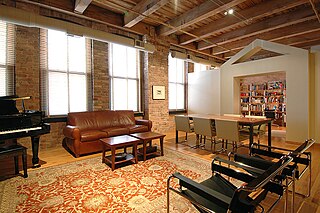
A loft is a building's upper storey, attic, or elevated area in a room directly under the roof or just a storage space under the roof usually accessed by a ladder. A loft apartment refers to large adaptable open space, often converted for residential use from some other use, often light industrial. Adding to the confusion, some converted lofts include upper open loft areas.

Haeundae District is a district (gu) of Busan, South Korea.

Bundang-gu is the largest and most populous district (gu) of Seongnam, a major city in the Seoul Capital Area, South Korea. Bundang-gu is one of South Korea's wealthiest and highest developed areas, being the nation's first and largest completely artificial city built in the early 1990s. Many high-rise luxury condos moved in the early 2000s, with a second planned city built in the late 2000s called Pangyo in the same district. Apartment prices are the second highest in Gyeonggi-do after Gwacheon and 10th highest nationwide, higher than many central Seoul districts such as Mapo-gu or Jongno-gu. Apartments around Pangyo station and the high-rise luxury condos around Jeongja station and Sunae station rival prices in the most expensive areas in the country. Unlike older cities such as Seoul, Bundang has no telephone poles overground, resulting in a clean cityscape with well-designed streets.

Gangnam District is one of the 25 local government districts which make up the city of Seoul, South Korea. Gangnam literally means "South of the (Han) River". Gangnam District is the third largest district in Seoul, with an area of 39.5 km2 (15.3 sq mi). As of the 2017 census, Gangnam District had a population of 561,052. There is a high concentration of wealth in the district with prices for an apartment as of 2020 having risen by 83 times in 40 years compared to just 6 times in the rest of Seoul.

Setia Alam is a township located in Shah Alam, Selangor, Malaysia. It is accessible via Setia Alam Highway from the New Klang Valley Expressway (NKVE) since the interchange was opened on 14 July 2006. Setia Alam is also accessible from the Federal Highway and Klang via Jalan Meru. This township is developed by SP Setia Berhad Group.
Multi-family residential is a classification of housing where multiple separate housing units for residential inhabitants are contained within one building or several buildings within one complex. Units can be next to each other, or stacked on top of each other. A common form is an apartment building. Many intentional communities incorporate multifamily residences, such as in cohousing projects.

Hackbridge is a suburb in the London Borough of Sutton, south-west London, just over two miles north-east of the town of Sutton itself. It is 8.8 miles (15 km) south-west of Charing Cross.
HDC Hyundai Development Company was created in 2018 through a spin-off from HDC Group's holding company HDC Holdings. The company is active in real estate development, construction and hospitality.

SA1 Swansea Waterfront is the marketing name given to the brownfield development area located in northern part of Swansea Docks. The area is located directly to the southeast of Swansea city centre. It is bordered by the Fabian Way to the north and covers the Prince of Wales Dock area.

The Cass Park Historic District is a historic district in Midtown Detroit, Michigan, consisting of 25 buildings along the streets of Temple, Ledyard, and 2nd, surrounding Cass Park. It was listed on the National Register of Historic Places in 2005 and designated a city of Detroit historic district in 2016.
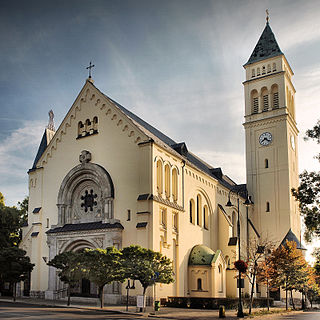
The Wekerle estate is a part of Budapest's XIX. district. Kispest, formerly a suburb was administratively attached to Budapest in 1950 along with several other settlements of Greater Budapest.

30 Pall Mall was a design for an office building approved for construction in the commercial district of Liverpool, England in 2009. It was never built.
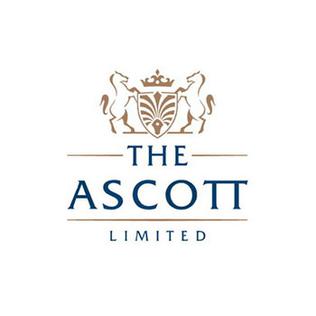
The Ascott Limited is a member of CapitaLand, one of Asia’s largest diversified real estate groups. Headquartered and listed as a Singapore company, Ascott has grown to be one of the leading international lodging owner-operators, with more than 700 properties in over 190 cities spanning more than 30 countries across the Asia Pacific, Europe, the Middle East, Africa and the USA. Its portfolio of serviced residence and hotel brands includes Ascott The Residence, The Crest Collection, Somerset, Quest, Citadines, lyf, Préférence, Vertu, Harris, Citadines Connect, Fox, Yello and POP!.

Busan IPark is a South Korean professional football club based in Busan, South Korea that will compete in K League 1 after being promoted from 2019 K League 2. Its current home ground is Busan Gudeok Stadium. The club was one of the original five members of the K League and continuously competed in the first division from 1983 to 2015, when they were relegated. Initially, the club was simply called Daewoo in reference to the company that originally owned and financed it. Today they receive financial backing from the HDC Group.
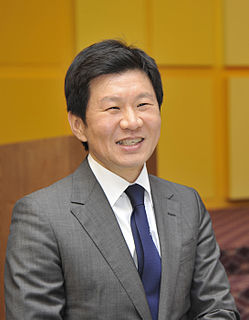
Chung Mong-gyu, born in Seoul in 1961, is one of South Korea's business leaders and the chairman of HDC Group. He has been serving as the 53rd President of Korea Football Association (KFA), a title held for 2 consecutive terms since 2013. In May 2017, he won a seat on FIFA Council. Chairman Chung received his bachelor's degree in business administration at Korea University in 1985, and completed his master's degree in politics, philosophy and economics at the University of Oxford in 1988.


























